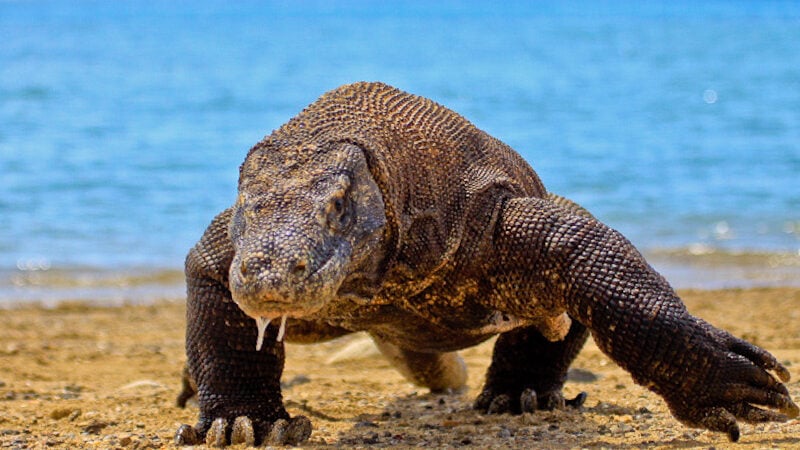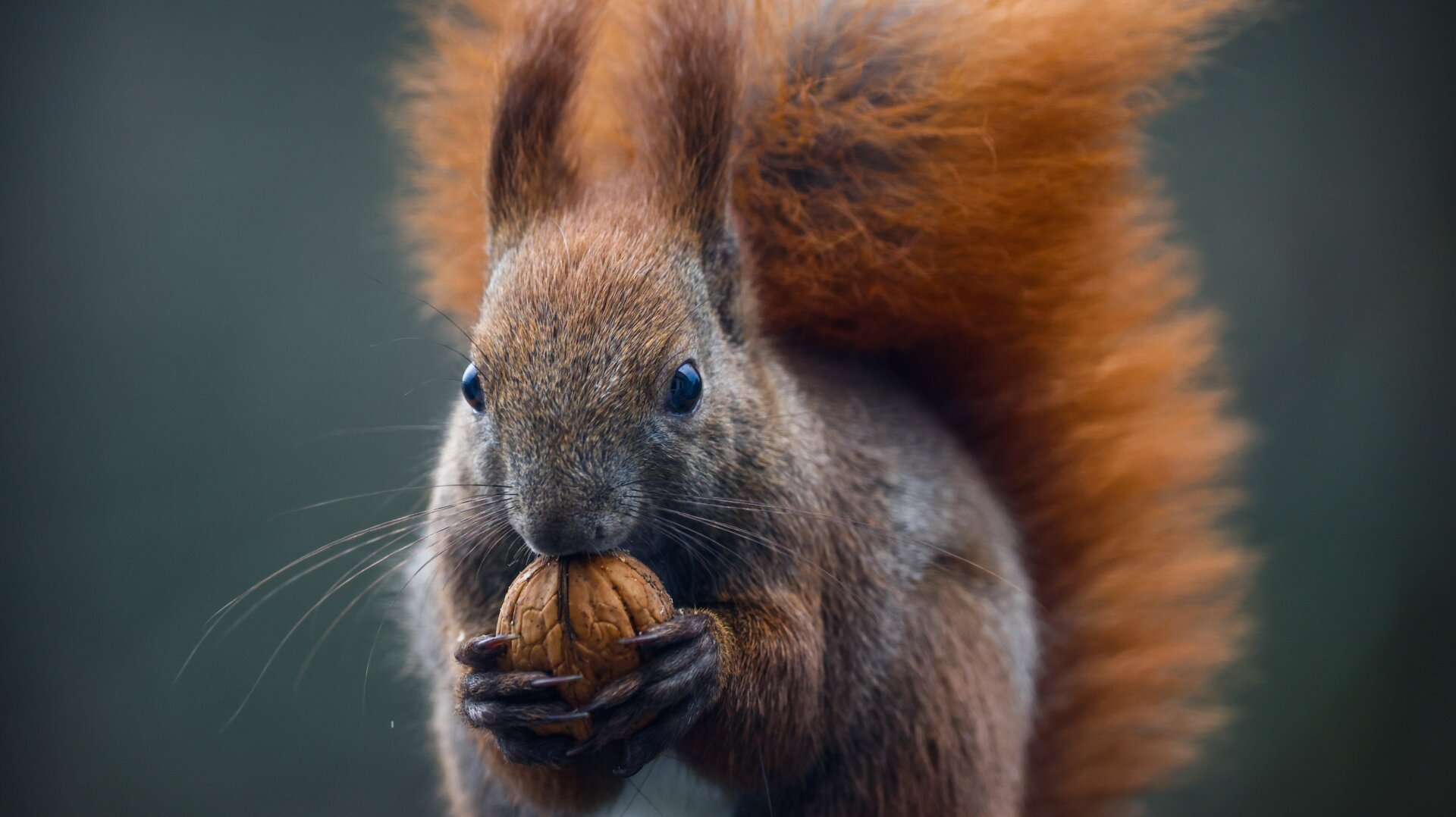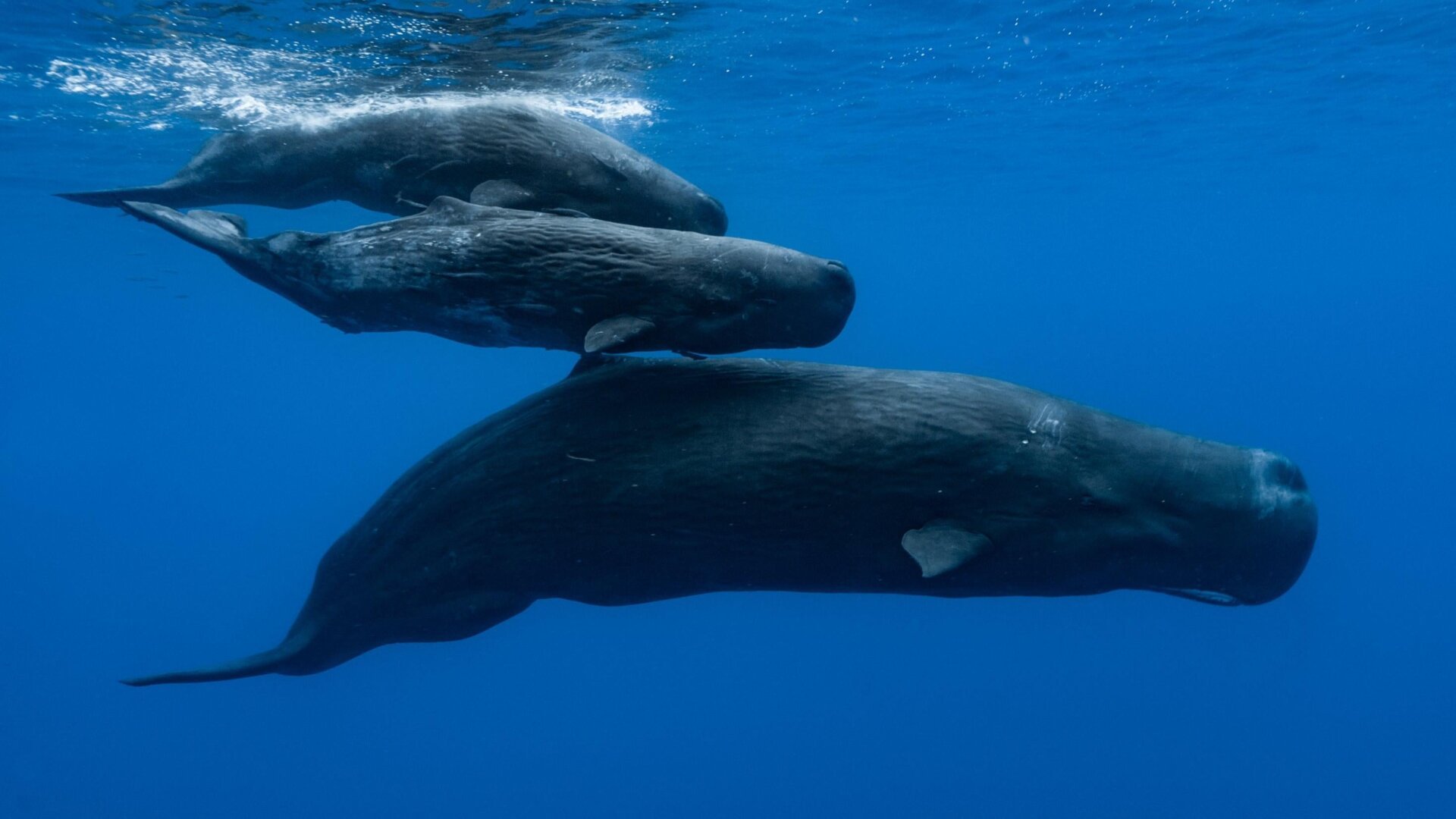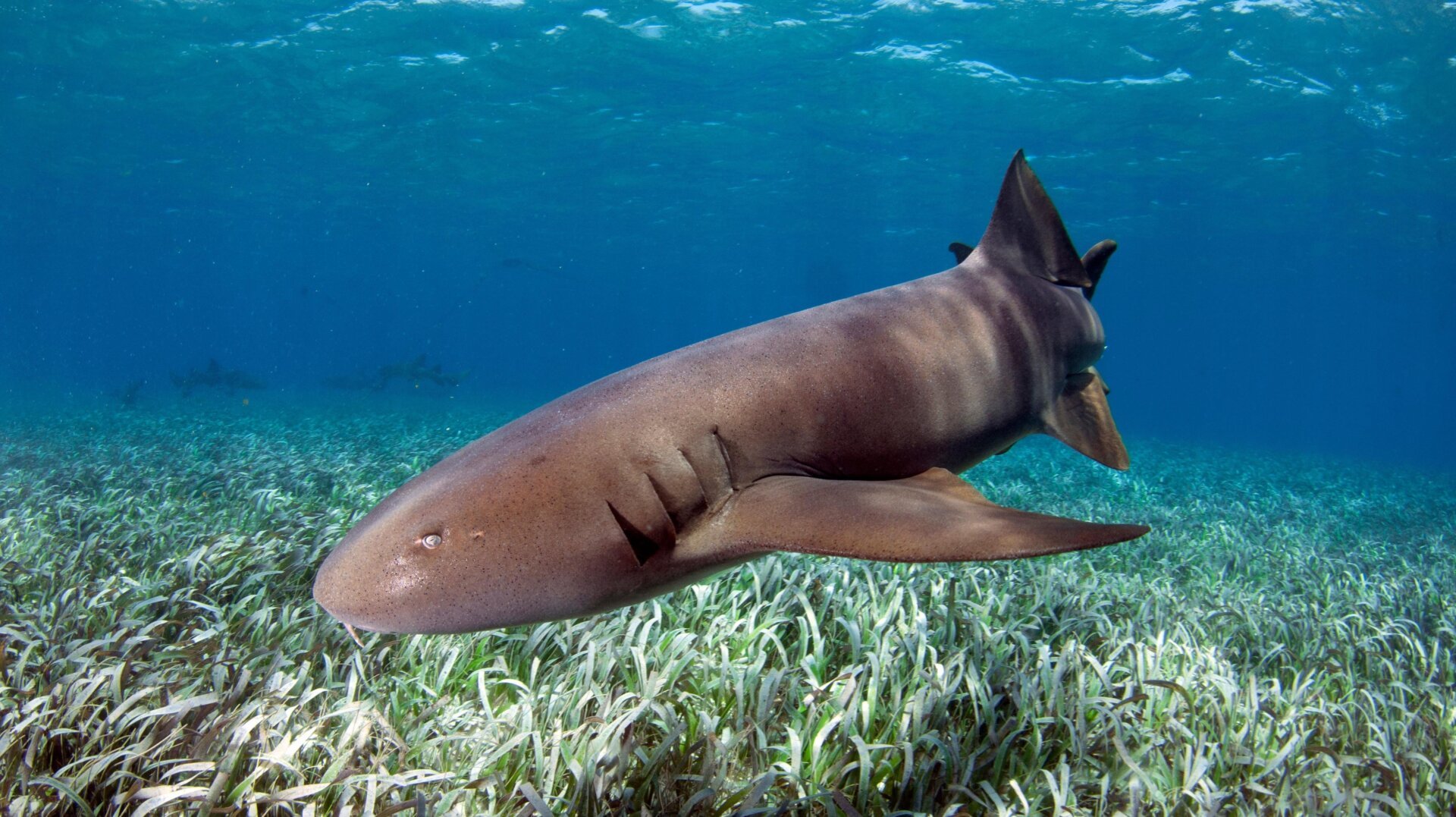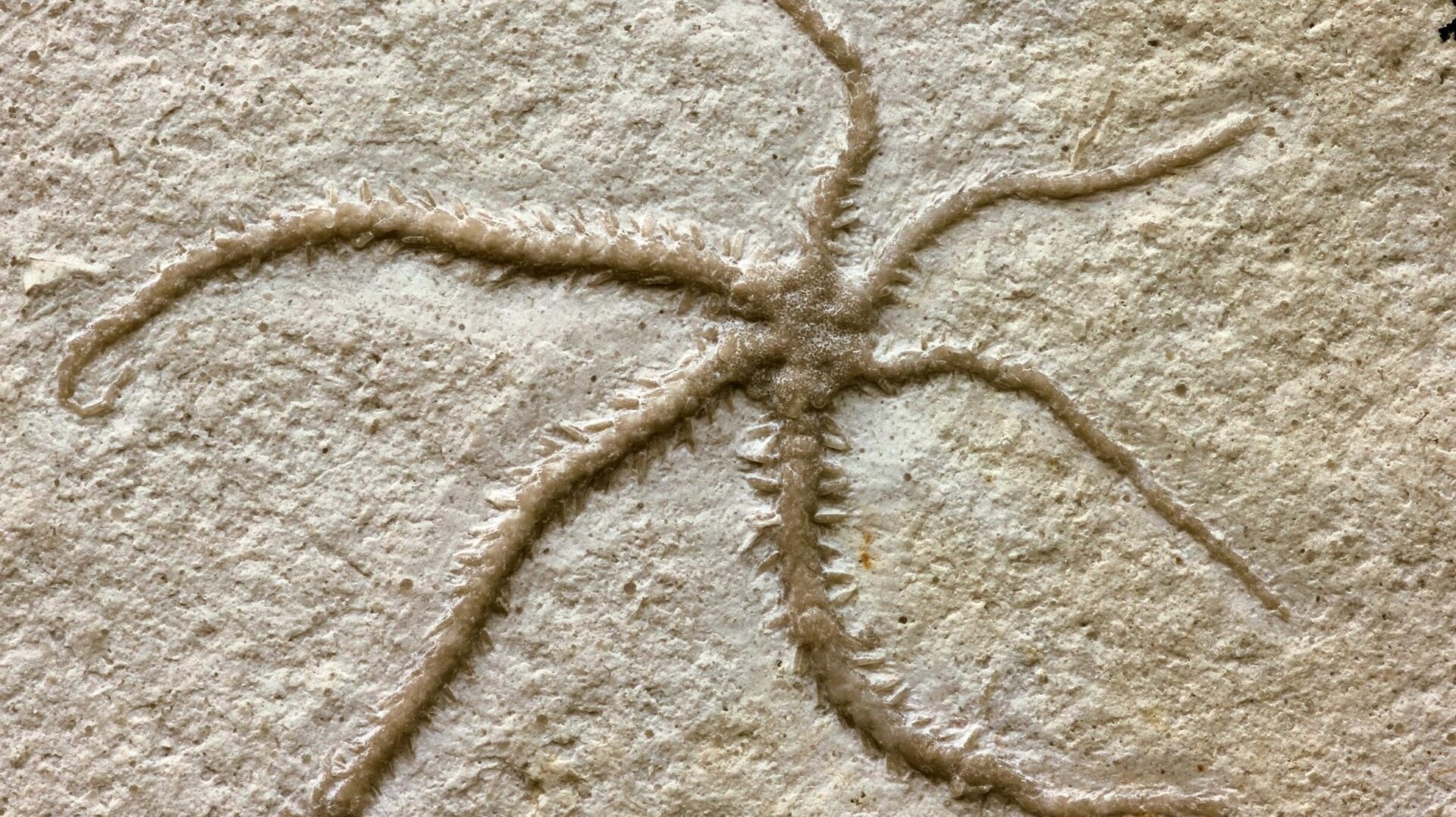Komodo dragons, the largest living lizards, are known for their formidable size and predatory prowess. New research reveals a fascinating secret behind their bite: iron-reinforced teeth. This discovery not only sheds light on the Komodo dragon’s hunting techniques but also raises intriguing questions about the dental weaponry of extinct giants like Tyrannosaurs.
Iron-Fortified Fangs
Researchers at King’s College London recently made a surprising discovery while studying Komodo dragon teeth. Examining specimens from museum collections and a live Komodo dragon at a London zoo, they found a distinct orange line on the teeth. This discoloration turned out to be a thin layer of iron, acting as a protective coating that strengthens the teeth and maintains their sharp edges. These serrated, curved teeth, already perfectly designed for tearing flesh, are further enhanced by this iron reinforcement. The study, published in Nature Ecology & Evolution, also revealed similar iron coatings in the teeth of some other monitor lizard species.
From Dragons to Dinosaurs
The initial aim of the research wasn’t focused on Komodo dragons specifically. The scientists were investigating the feeding habits of ancient predators, particularly Tyrannosaurs, whose teeth share a similar shape with those of Komodo dragons. The unexpected discovery of iron in Komodo dragon teeth now has the team exploring whether dinosaurs might have possessed this dental feature as well.
“We want to use this similarity to learn more about how carnivorous dinosaurs might have eaten and if they used iron in their teeth the same way as the Komodo dragon,” explained Aaron LeBlanc, a lecturer in dental biosciences at King’s College London and a member of the research team.
Fossilization Challenges
Analyzing dinosaur teeth for iron presents a significant challenge. Fossilization alters the chemical composition of teeth, making it difficult, if not impossible with current technology, to detect the presence of iron that might have once existed. Despite this hurdle, researchers have identified structural similarities between Komodo dragon and Tyrannosaur teeth. “Larger meat-eating dinosaurs, like tyrannosaurs, did change the structure of the enamel itself on the cutting edges of their teeth,” LeBlanc noted. While Komodo dragons enhance their teeth with iron, some dinosaurs adapted the structure of their enamel to maintain sharpness.
Further Research
LeBlanc remains optimistic about future research. He believes new methods could be developed to identify other markers of iron in Komodo dragon teeth. These techniques could then potentially be applied to the search for iron in fossilized dinosaur teeth, providing valuable insights into the predatory strategies of these ancient creatures.
Conclusion
The discovery of iron-clad teeth in Komodo dragons provides a fascinating glimpse into the evolutionary adaptations of these apex predators. While the presence of iron in dinosaur teeth remains a mystery, ongoing research promises to uncover more secrets about the dental weaponry of both extinct and extant reptiles. The Komodo dragon’s iron-reinforced bite serves as a testament to the power of natural selection and the diverse strategies employed by predators in the struggle for survival.



